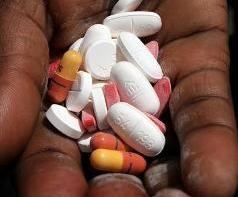
My last few posts have focused on PEPFAR’s past, for it is vital to understand an initiative’s history before realizing its next steps. It is only through analyzing strengths and weaknesses that policymakers can create the best plan for the future. Thus, PEPFAR was reauthorized by Congress in July 2008 to provide $48 billion in funds from FY 2009 to FY 2013.
According to the PEPFAR website, “as PEPFAR works to build upon its successes, it will focus on transitioning from an emergency response to promoting sustainable country programs.”
The goals for PEPFAR’s future are as follows:
- Transition from an emergency response to promotion of sustainable country programs.
- Strengthen partner government capacity to lead the response to this epidemic and other health demands.
- Expand prevention, care, and treatment in both concentrated and generalized epidemics.
- Integrate and coordinate HIV/AIDS programs with broader global health and development programs to maximize impact on health systems.
While these goals are lofty, these trying economics times are making foreign aid promises harder and harder to keep. Furthermore, limited funding is creating rifts between those who think the focus should be on prevention and those who want to focus on treatment.
Some claim, “while treatment of HIV/AIDS has gained funding support, funding of prevention has lagged behind.” Bill Gates, founder of the philanthropic Gates Foundation, said, “The harsh mathematics of this epidemic prove that prevention is essential to expanding treatment, and that stressing treatment without paying adequate attention to prevention is simply unsustainable.”
While distribution of funds is never an uncomplicated task, it is certainly an important one for Obama to keep in mind as PEPFAR progresses. In my next post I will update you on more of Obama’s developments.
